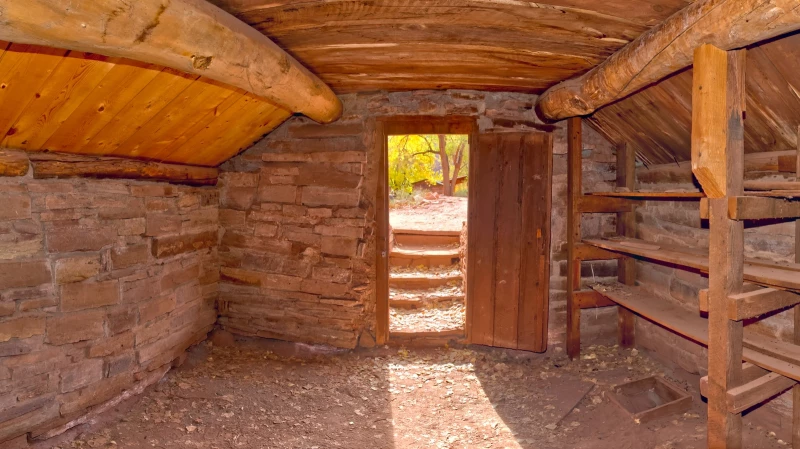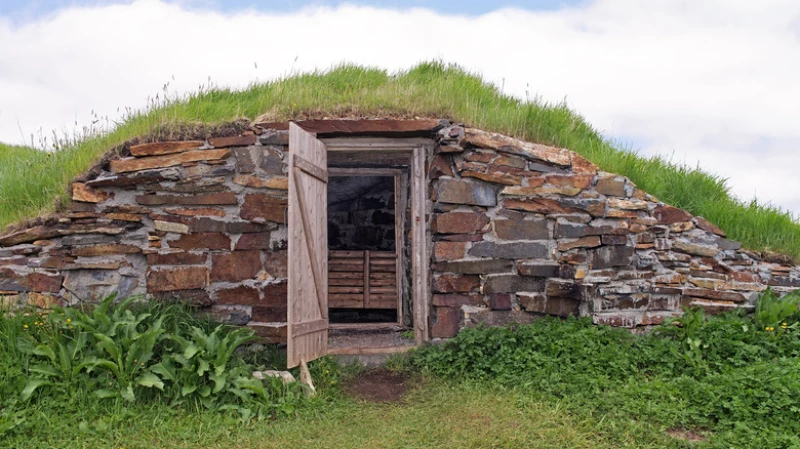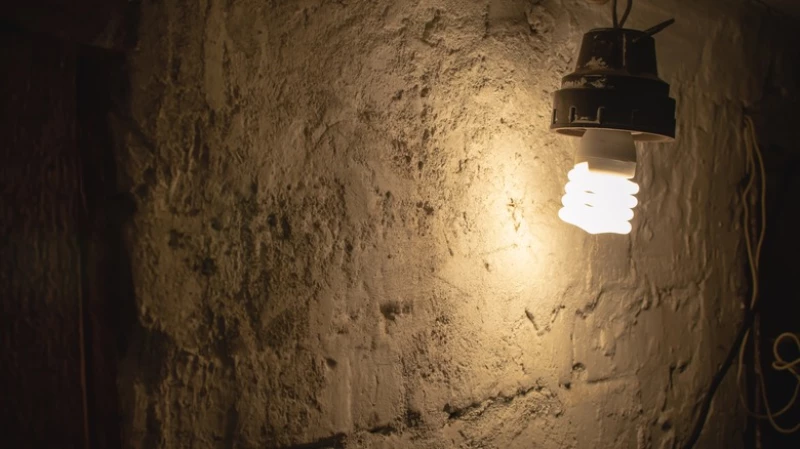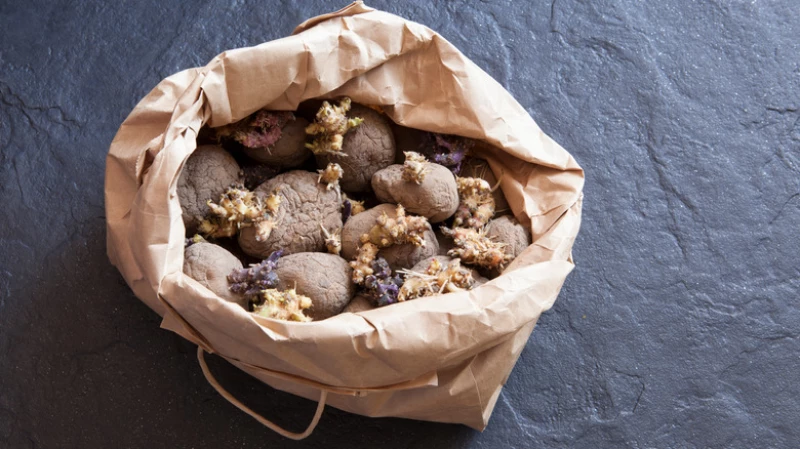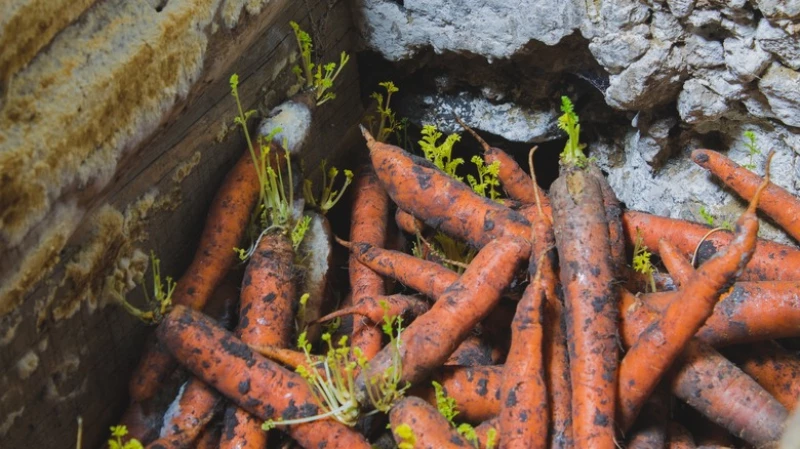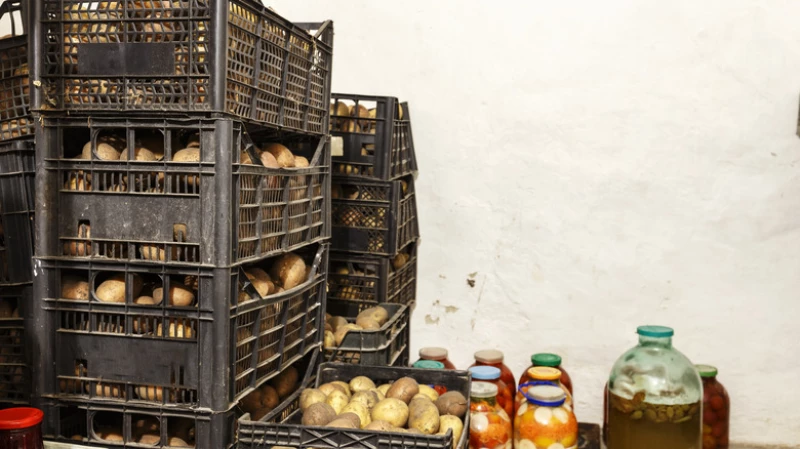Before the invention of refrigerators, people used root cellars to keep their food fresh and crisp. These underground spaces have seen a resurgence in popularity, especially among those who value sustainability and self-sufficiency. However, if you're planning to create a root cellar, there are some mistakes you should avoid.
In today's world, where energy costs are skyrocketing and climate change is a growing concern, the advantages of having a root cellar are clear. This traditional storage method relies on the natural insulation of the earth to keep produce fresh for extended periods of time. In the past, root cellars were essential for preserving root vegetables like potatoes and carrots during the winter months. But with modern refrigeration, you might wonder if a root cellar is still necessary for storing fruits and vegetables.
Your floors are made of concrete
Any building from the Eifel Tower to a garden shed from IKEA is only as good as its foundation, and the same rings true for root cellars. Ideally, the best base for the floor of your root cellar is dirt. It's a room that has been dug out of the earth, so why complicate things? A plain dirt floor will help retain the natural moisture and allow it to circulate freely, which is good news for your stored produce. Scattering gravel on the dirt is recommended when it becomes too wet to walk on. You can later sprinkle it with more water if moisture levels drop. However, a dirt floor is only an option if you are in the process of excavating earth and digging out an outdoor root cellar. If, like most people, you are planning on converting a part of your existing basement, the chances are it already has a concrete floor. This can be problematic because concrete is designed to hold in heat and prevent moisture from circulating.
The Importance of Darkness in Root Cellars
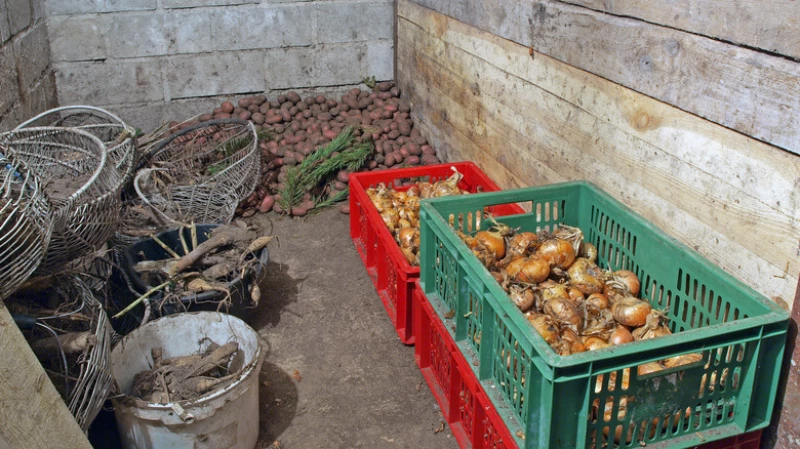
While sunlight is essential for the growth of fruits and vegetables, it is not ideal for their storage. It is important to keep root cellars dark to prolong the shelf life of stored produce. Exposing root cellar to excessive light can cause discoloration and decay, especially in potatoes. Additionally, too much light can lead to unsightly growth and loss of color and nutritional value in fruits and vegetables.
To ensure your fruit and veg stay fresh and vital for as long as possible, you'll need to cover any windows and always remember to turn the lights off. Another handy hack is to use some burlap to protect your stock in case any light accidentally creeps in. Any overhead lights you do have in your root cellar should be very dim. Ideally, you should also use a flashlight on most occasions when you check on your produce. It's important to resist the urge to check on your root cellar every day because every time you visit, it lets a little more light in and upsets the temperature and humidity levels.
Not paying attention to its humidity or temperature levels
Without high humidity, your root cellar will not function properly. To prevent your produce from drying out and spoiling, you need plenty of moisture. (This is why some people throw a kitchen sponge into their fridge's produce drawer.) Additionally, it also needs to be cold enough to prevent the vegetables from releasing ethylene gas. Cool temperatures also slow microorganism growth, which can lead to early ripening and premature decay. However, maintaining optimal conditions in a room that needs to be cool with a certain degree of humidity is a tightrope walk. Cold air doesn't absorb moisture well (it's why you're always dry during the winter,) and if the temperatures in the room drop too much, all that excess moisture in the air will have nowhere to go. Pretty soon, you'll find condensation and damp patches forming on the walls and ceilings. When it inflitrates your produce, it can cause an epidemic of rot and mold, and it's pretty much game over.
To ensure optimal storage conditions in your root cellar, it is crucial to pay attention to the temperature and humidity levels. With the advancement of technology, there are now various pocket-sized, portable, and affordable devices available to help you monitor these factors. Some even offer smartphone access, allowing you to keep a close watch on your cellar 24/7. For instance, the LEVOIT Smart Temperature Humidity Sensor is a great option for monitoring both temperature and humidity.
You are washing rather than wiping the produce you store
Sometimes, it's the simplest things that can trip us up. While you may have been diligent in monitoring your root cellar's light, temperature, and humidity levels, you might have overlooked a common mistake: washing instead of wiping the produce before storing it. Washing your vegetables before storage can introduce excess moisture, creating a breeding ground for bacteria in your produce and cellar.
Inadequate Storage Space: A Common Mistake
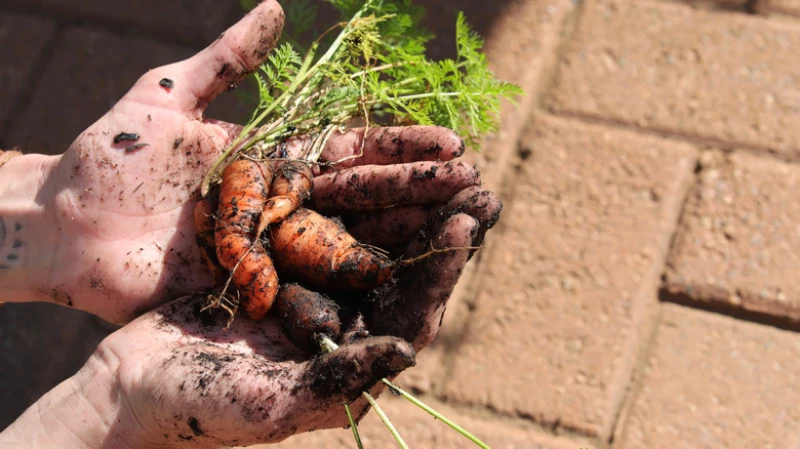
To ensure the longevity of your harvested crops, it is crucial to have adequate storage space. A well-organized root cellar is essential for keeping your fruits and vegetables in optimal condition. By providing each item with its designated place, you can easily access a variety of produce without the risk of damage or rot.
When storing your crops, it is important to give them room to breathe. Avoid piling or stacking them in cramped conditions, as this can create a breeding ground for mold and attract mice. Proper ventilation is key to preventing these issues and maintaining the quality of your produce.
Remember, a well-planned storage space not only ensures the longevity of your harvest but also makes it easier for you to organize and access your fruits and vegetables. Don't let the lack of storage space compromise the quality of your crops!
Are you making mistakes in your storage practices? If you want to keep your produce fresh in your root cellar, it's important to consider a few key factors. Firstly, make sure to install shelves and storage bins made of untreated and rot-resistant wood. This will help maintain the quality of your produce. Secondly, ensure that different strains of produce are evenly spaced out and not touching each other to allow for natural air circulation. Cold-loving produce like potatoes should be placed on the bottom shelf, while produce that prefers slightly warmer conditions like tomatoes should be placed on the top shelf. It's also important to leave adequate space between shelves and not position them flush to the wall to allow for proper airflow.

